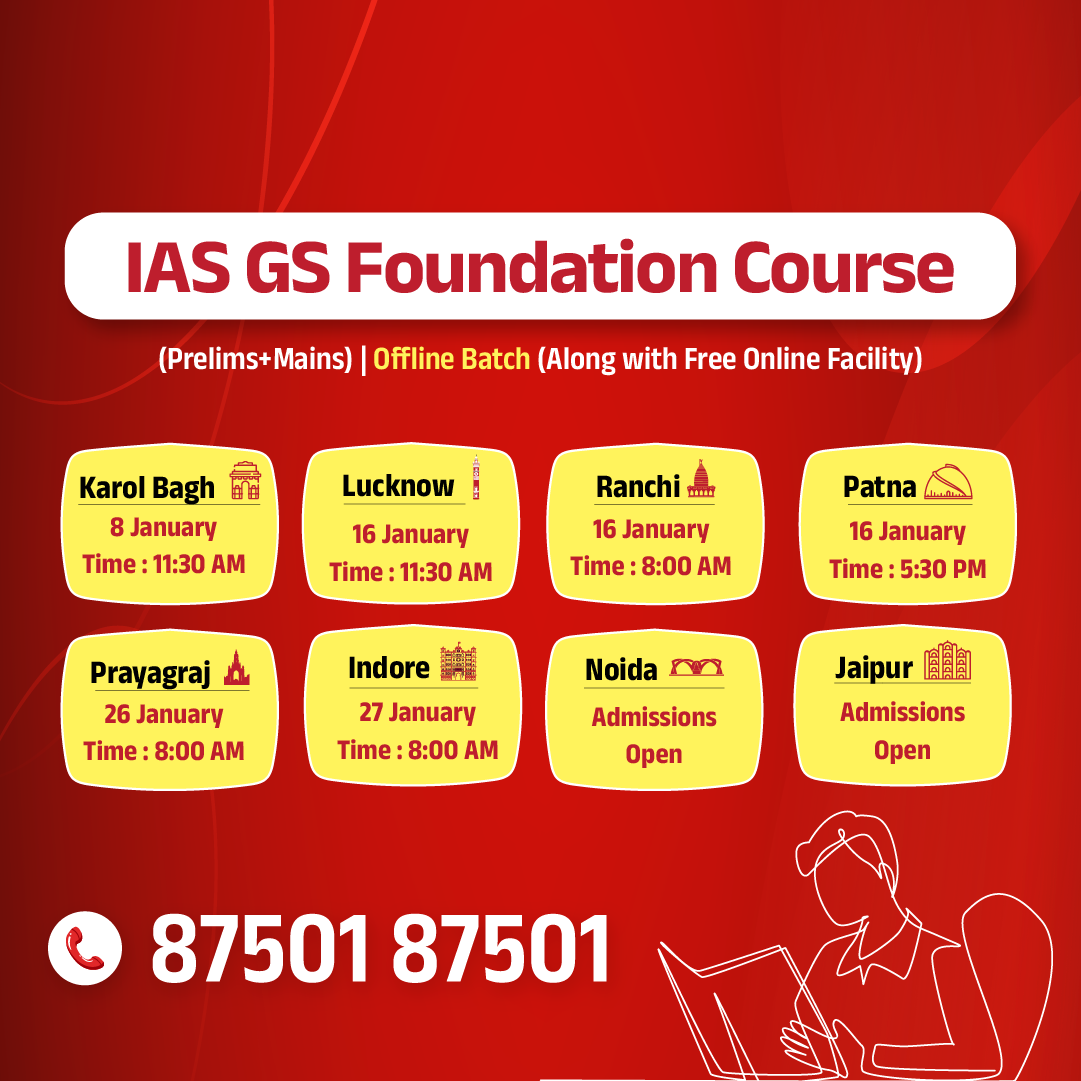Bihar Switch to Hindi
Bihar: Highest Lightning Related Deaths
Why in News?
A new study of lightning-related deaths in Bihar has revealed that Sheohar, Banka, Kaimur and Kishanganj districts were the most vulnerable in the state to this natural hazard, recording the highest casualty rate per million population.
- The study examined data from the 2017-2022 period and found that 1,624 people died and 286 were injured due to lightning.
Key Points
- As per the study by India Meteorological Department (IMD) scientists, nearly all the 1,624 deaths were in rural areas and most of these casualties and injuries, about 76.8%, were caused by lightning strikes that occurred between 12:30 pm and 6:30 pm.
- The study identified gender-segregated data for 1,577 deaths. Out of these 1,577 deaths, 1,131 (71%) were men. Rural men between the age groups of 11-15 years and 41-45 years were particularly vulnerable.
- On average, there were 271 human deaths and 57.2 injuries due to lightning strikes each year in Bihar during the six-year study period.
- The state’s annual casualty rate per million of 2.65 was higher than the national average of 2.55.
- The period between May to September was the peak for lightning strikes with June and July accounting for 58.8% of lightning-linked deaths.
- Researchers explained that lightning strikes reach a record high in June and July with the monsoonal current setting in, mainly due to the interplay of easterly and westerly winds.
- According to the Earth Sciences Ministry, Cloud-to-ground lightning strikes claim thousands of lives each year and Bihar ranks among the top three most-affected states in terms of lightning-linked casualties along with Madhya Pradesh and Uttar Pradesh.
- The plains area is prone to thunderstorms and lightning activity as warm, dry air from north-west India converges with moist air emanating from the Bay of Bengal, creating conditions that are favorable for the formation of deep convective clouds.
- In North West Bihar, the lightning strikes are lower but casualties are higher. These parts of Bihar are not urbanised and may be having poor shelter density around farm areas. Socio-economic factors play an important role in mitigating the impact of such natural hazards.
- The threat potential of lightning strikes is not uniform. Topography, elevation, and local meteorological factors determine the spatial distribution of lightning strikes.
- A higher lightning frequency is seen in the eastern region owing to higher moisture incursion.
- Assessing vulnerability and hotspots is important for policymakers and to design mitigation measures.
Westerly Winds
- They originate from sub tropical high pressure belts and move towards subpolar low pressure belts and, prevail between 35° to 60 ° latitudes.
- They are also permanent but more intense during winters. They transport warm and moist air toward the pole.
- Westerly causes formation of fronts along sub polar low pressure zones and transport cyclones toward the western margin.


.png)




.jpg)























.png)


.jpg)

 PCS Parikshan
PCS Parikshan

